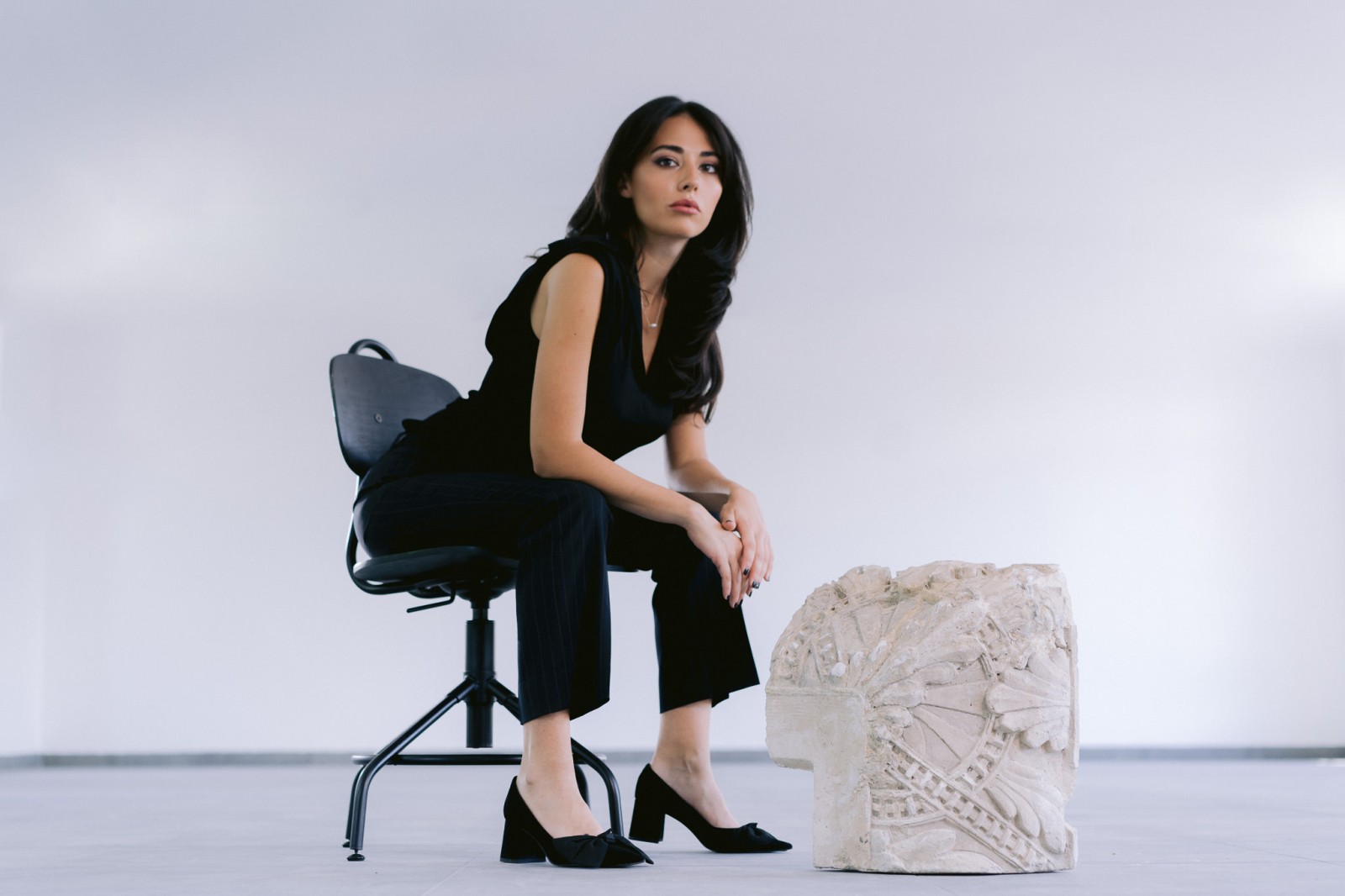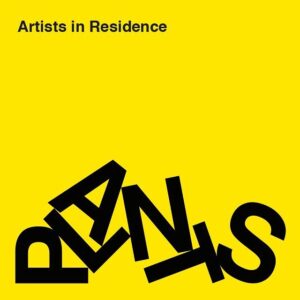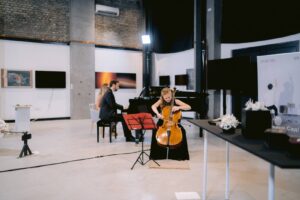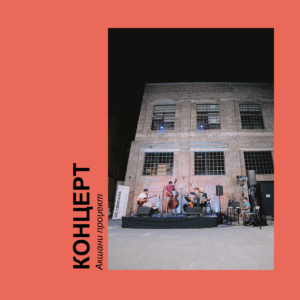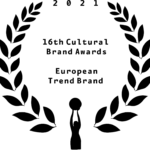How important is knowing your local history and culture? Why is it important to nurture cultural heritage? And why is the industrial heritage essential when it comes to the identity of a city? The ‘New Elements of the Past’ exhibition, which will be officially opened today in the Svilara Cultural Station at 7 p.m.by the visual artist Jelena Gajinović, gives answers to these questions.
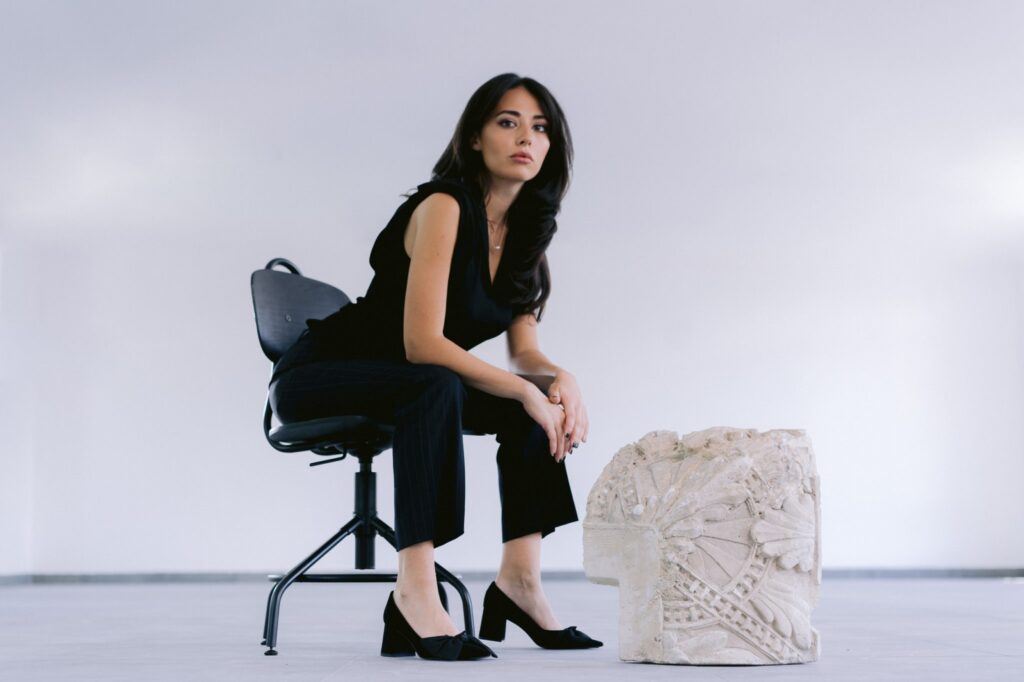
The industrial complexes on the former outskirts of the city have undergone many changes and lost the monumentality they used to have. In order to preserve the memory of these buildings, photographs and archives are the reference. Jelena Gajinović, as an exceptional admirer of cultural heritage, believes that knowledge of local history and culture is extremely important for any progress to be possible.
‘My work focuses on mapping objects that belong to the cultural and industrial heritage of the city of Novi Sad. The city is currently in transition and is undergoing certain changes when it comes to urban planning. As a result of the changes, the city loses its identity and is left without its unconventional features. For the past couple of years, I have been collecting fragments of facade ornaments and objects that were found on buildings that were demolished or went through a reconstruction process. This type of conservation is a personal step towards preserving the heritage that disappears before my eyes, and whose value is not in the material, but in the aesthetic quality that every preserved object possesses’, adds the artist.
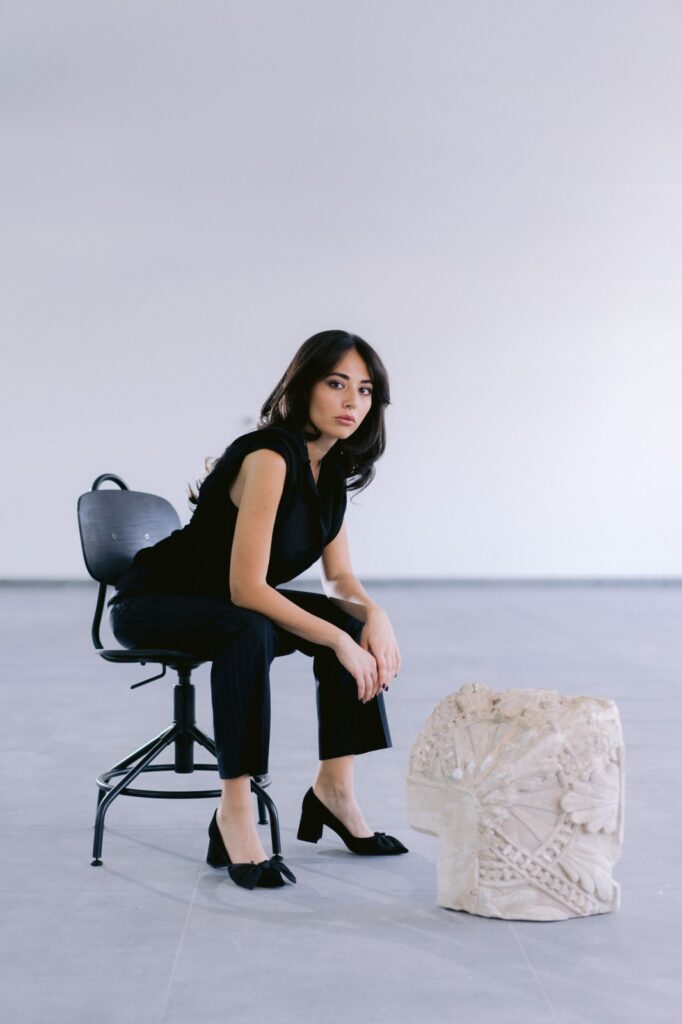
In the domain of Adorno’s concept of aura, each object has a way to preserve its value, and one of them is the introduction of objects into the gallery space. The exhibits are a homage to their architects, craftsmen and workers who participated in the creative process.
‘Architecture is one of the oldest forms of art, and what distinguishes it from other forms of art is the multi-sensory experience, which includes visual and tactile experience. Relying on the mentioned senses, visitors will be able to notice the difference in texture and materials used during the construction. It is even more important to establish ‘contact’ with the past through the sense of touch. Visitors have the opportunity to construct new urban landscapes themselves using imaginative abilities,’ says Jelena Gajinović and adds:
‘The ‘New Elements of the Past’ exhibition invites the audience to interact and to perceive cultural and industrial heritage in a different way. This is an opportunity for fellow citizens to touch Novi Sad.’
Jelena Gajinović says that this kind of support means a lot to local young artists who have decided to live and create in their home town.
‘I think it is very important to draw the attention of fellow citizens to the urbicide of Novi Sad. Heritage is one, it cannot be reproduced, subsequently created, and therefore the responsibility of all layers should be awakened, because the city in which we live should be humane and adapted to the needs of citizens. If we, as a society and a local community, do not preserve the outlines of cultural heritage, we will cut the connection with our cultural past forever. Without history and heritage, the progress of the society is not guaranteed,’ added Jelena Gajinović.
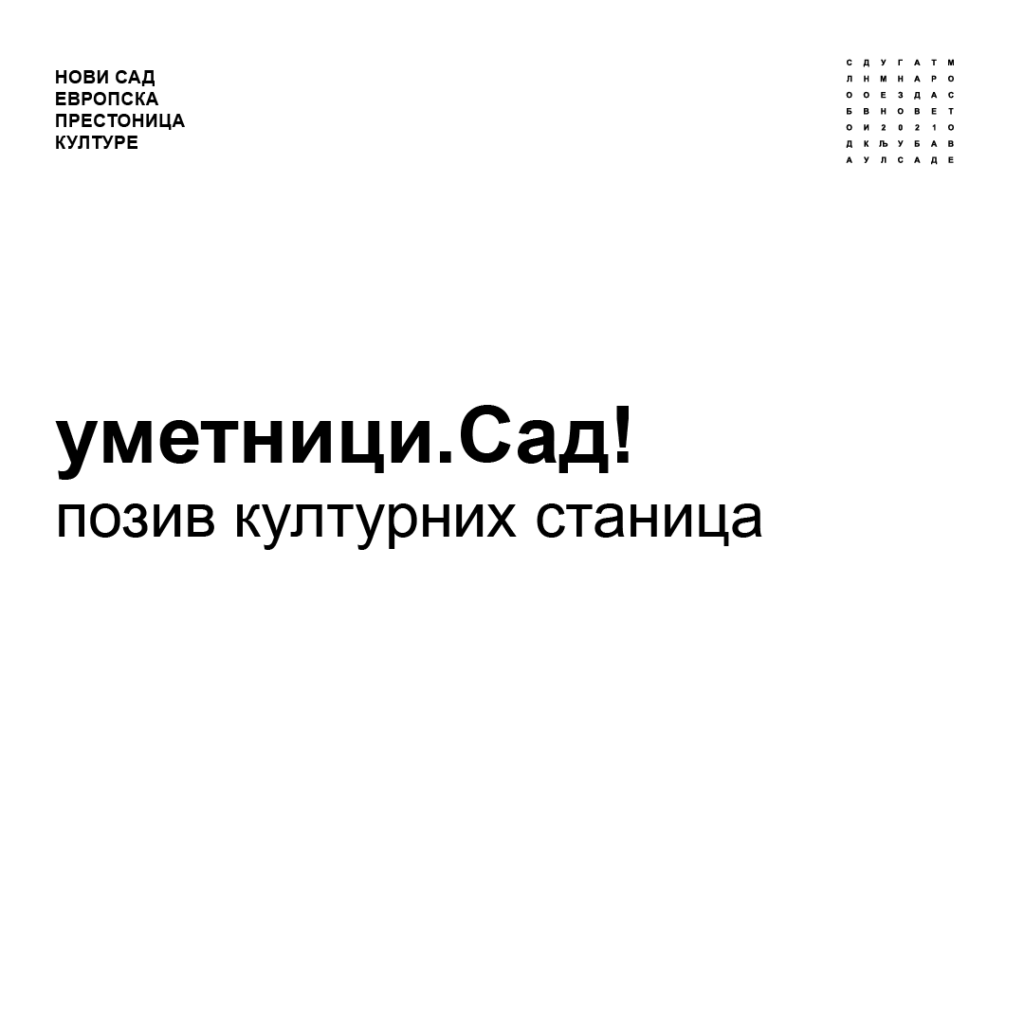
The ‘New Elements of the Past’ exhibition is one of 22 projects that received funding in the ‘Artists. Now!’ public call of the ‘Novi Sad 2021 – European Capital of Culture’ Foundation that aims to strengthen the Novi Sad cultural scene through a network of cultural stations, raising its capacities, decentralisation of culture and audience development.
The audience will be able to watch the opening of the exhibition live on the official Facebook page of the Svilara Cultural Station from 7 p.m. today, while from Tuesday, 28 July, to Friday, 31 July, visitors will be able to come and see it from 10 a.m. to 6 p.m.
Partner in the ‘Artists. Now!’ project is Mercator S.
Photo Credit: V. Veličković
